Now Reading: Best Places to Visit in Cuddalore – Beaches, Temples & History
-
01
Best Places to Visit in Cuddalore – Beaches, Temples & History
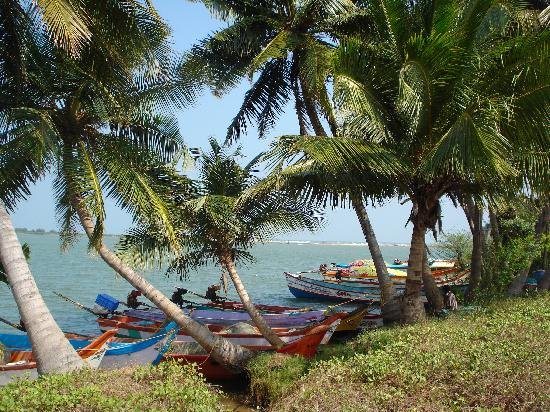
Best Places to Visit in Cuddalore – Beaches, Temples & History
1.Samiyarpettai beach

Samiyarpettai is a village on the Indian east coast at a place about 50 kilometres (31 mi) south of Pondicherry and 210 kilometres (130 mi) south of Chennai, situated on the Coromandel Coast of the Bay of Bengal. The coastal village of Samiyarpettai, with a population of 1,729, is halfway between Cuddalore and Chidambaram in the same direction as east of Pudhuchattiram in Tamil Nadu, India. It gives home to the biggest of the coastal villages in the region. Most of people here fishing running. Many other men, like from other coastal towns emigrate to foreign countries to work in order to earn a living. The village is covered by coconut trees and also brooks are found alongside the village. It is also home to a famous Temple “Shri Pinnai Vazhi Amman Shrine”. It is one of the hugest temple’s along with the cuddalore coast. Nowadhays, Samiyarpettai beach is attracting the crowd and it has become a top rated tourist destination.
2.Pichavaram
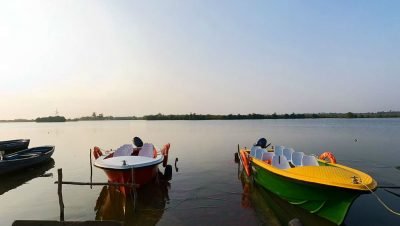
Pichavaram near Chidambaram in Cuddalore District, Tamil Nadu in South India. The closest railway station is Chidambaram from where it is by road accessible. The Pichavaram Mangrove Forest at Chidambaram is the world’s second largest mangrove forests.
Pichavaram mangrove forest lies in between the prominent 2 estuaries,- Vellar estuary to the north & Coleroon estuary to the south. The Vellar-Coleroon estuarine complex is home to the Killai backwater and Pichavaram mangroves. Backwaters are linked to the systems Vellar-Coleroon through rivers and offers plenty of possibilities for water sports such as rowing, canoeing and kayaking. Along with offering waterscape and backwater cruises, the Pichavaram, forest also offers one very rare sight- mangrove forest trees hold water i.e permanently roots in a few feet deep of water. There’s over 400 boat-routes including.
3.Silver Beach
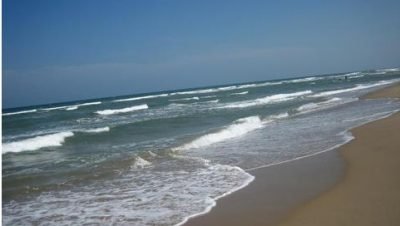
Silver Beach is a beach on south eastern coast of India. It lies 2 km (1.2 mi) away from central Cuddalore, the headquarters of Cuddalore district of Tamil Nadu, India. But Silver Beach is untouched by the bustle of the city life. It is the second longest beach on Coromandel Coast and one of the longest beaches of Asia. The 57 km long sea front is ever degrading because of frequent sea erosion. Town buses, which run frequently between Cuddalore town bus stand and Silver Beach are available. It is also approachable by Taxis and Autos from different parts of the town. To the south of the beach the South Cuddalore Bay area makes out as separate island. The lagoon behind the main beach and the island-like structure is safe for water sports. Boats aren’t available to rent these days, the boat house has been closed.. To the west, a river flows into wetlands of dense mangrove forests habituated by numerous birds. On the coast there is an old lighthouse. A few resorts have since been built in the region. Majority of these are state government sponsored for promoting tourism. Silver Beach is also the site of Fort St David, which holds a long historical significance as one of the three important fort built by the British Empire. An arts college, Periyar College of Arts & Science, is located near the beach. There are summer festivals held at Silver Beach each year by the end of April or beginning of May. The beach was hit by a 2004 Asian tsunami. It was the second worst-affected area, after Tamil Nadu’s Nagapattinam. More than 2,700 of Silver Beach lost their lives.
4.Fort St David
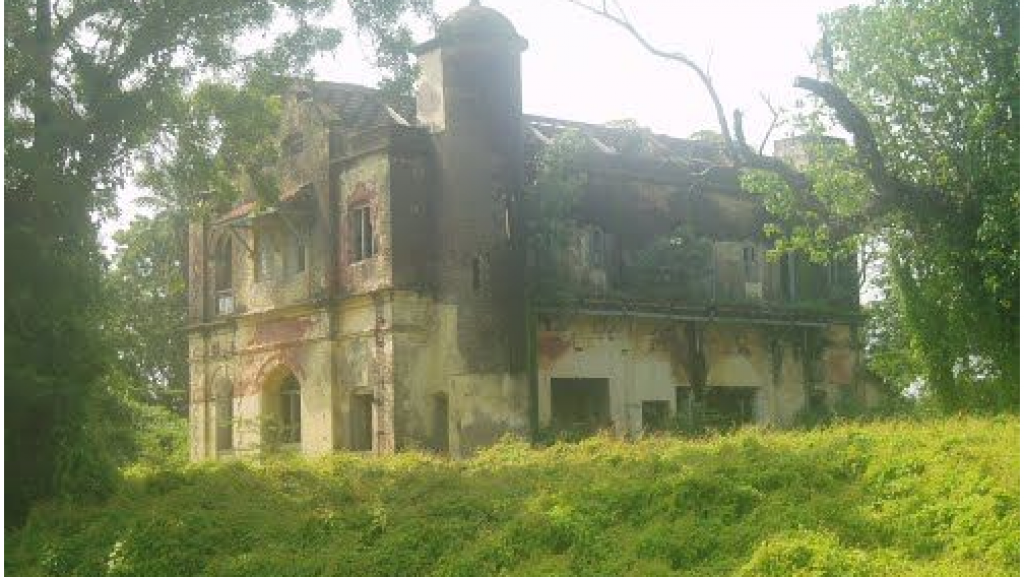
Fort St David, ruined today, was a British fort near the town ofCuddalore, nearly a hundred miles south of Chennai up the Coromandel Coastof India. It is near silver beach with no upkeep. It was named after the patron saint of Wales as the governor of Madras in those times, Elihu Yale, was Welsh.
Fort St. David, situated on the bank of the River Gadilan, has a story of its own. The region has been under the control of Nayaks of Gingee. In early 17th century the Dutch aiming at furthering their trade in Bay of Bengal region and exploiting the local production of goods decide to place their facility at Cuddalore area and request Krishnappa Nayaka of Gingee permission to build a fort at Devanampatnam which duly was sanctioned in the year 1608 and work began as early as then. But the Nayak took back after the Portuguese, then the prominent players at the Coramandal Coast trade pressed upon Gingee’s overlord commanders, Venkata I of Vijayanagara Empire of preventing Dutch entry. As a matter of consequence and since Gingee Nayaks were given a place at the fort under appointed traders. Trade abroad kept going and became the chief supply of sandalwood, camphor, cloves, nutmeg,olg mace, green velvet, porcelain, copper, and brass.
Later when Gingee was inhabited by the Marathas, Shivaji’s sons wanted to sell the Devanampatnam fort to the highest European. The British emerged victorious in 1690 by underbidding the Dutch and the French. It was only after unfacilitated long negotiations that Elihu Yale, Gov. of Madras, secured the fort, and named it on Christmas day 1746 fort saint David [2]after a Welsh saint.
James Macrae had served as the fort governor and in 1725 he was appointed as the Governor of Madras Presidency. From 1725 onwards, the British greatly fortified it. Under the following year when Fort St David was headquarters of thesouthern India for the British, attacks by French under Dupleix were repelled. He was designated the governor of the new presidencies in 1756 with Robert Clive. In 1758 it was taken by the French, but after two years it was retaken by Sir Eyre Coote, KB.
5.Viruthagerreswarar Temple
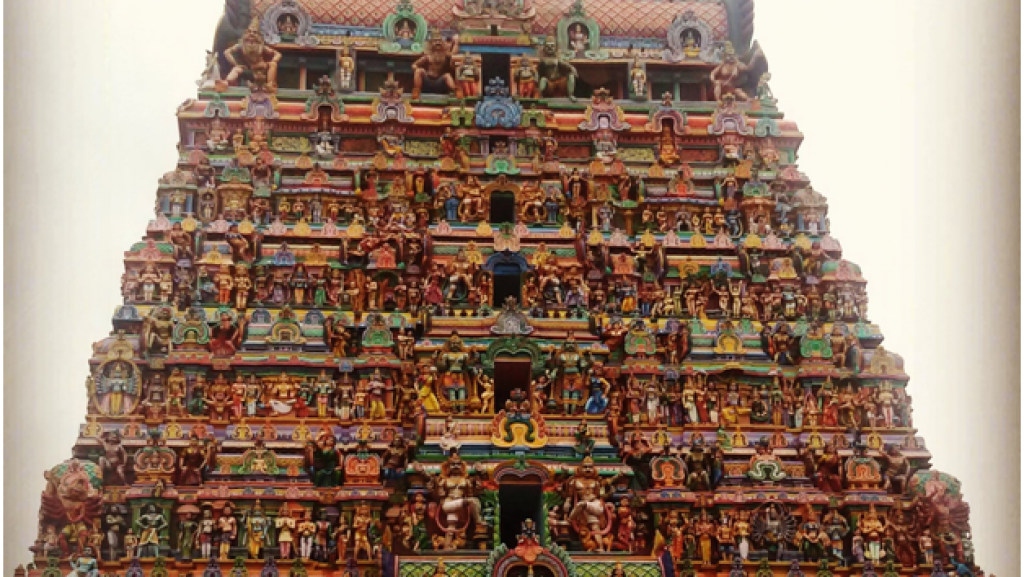
Viruthagerreswarar Temple – History: In the most ancient time when Brahma became of the thought of earth had created water. Lord Vishnu by chance chopped off the evil Madhukaidavas. The pieces of the bodies cut by brahma floated on the waters created by brahma. When Brahma observed that Brahma requested Lord Shiva to bring about the earth out of compacted compound of water & compound of the dead bodies. Lord Shiva took the form of a Mountain. Lord Brahma, who understood not this, made various mountains. As they had no place to exist, he was sad.
Related articles : Top 10 Best Places to Visit in Coimbatore for Nature and Spirituality
Stay Informed With the Latest & Most Important News
Previous Post
Next Post
-
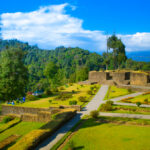 01Top 5 Best Places Visiting in Gyalshing – Monasteries, Lakes & Scenic Escapes
01Top 5 Best Places Visiting in Gyalshing – Monasteries, Lakes & Scenic Escapes -
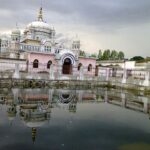 02Top 5 Best Places Visiting in Panna – Temples, Waterfalls & Wildlife Escapes
02Top 5 Best Places Visiting in Panna – Temples, Waterfalls & Wildlife Escapes -
 03Top 5 Best Places to Visit in Malerkotla – Malerkotla Fort, Sheesh Mahal & More
03Top 5 Best Places to Visit in Malerkotla – Malerkotla Fort, Sheesh Mahal & More -
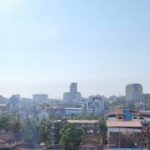 04Top 10 Best Places Visiting in Dakshina Kannad for Culture, Nature & Coastal Charm
04Top 10 Best Places Visiting in Dakshina Kannad for Culture, Nature & Coastal Charm -
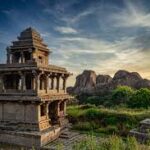 05Top 2 Best Places Visiting in Chitradurga for History, Nature & Adventure
05Top 2 Best Places Visiting in Chitradurga for History, Nature & Adventure -
 06Best Places Visiting in Shopian – Explore Top Attractions & Hidden Gems
06Best Places Visiting in Shopian – Explore Top Attractions & Hidden Gems -
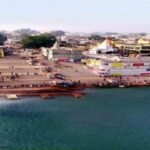 07Best Places Visiting in Narmadapuram – Temples, Waterfalls & Wildlife Escapes
07Best Places Visiting in Narmadapuram – Temples, Waterfalls & Wildlife Escapes












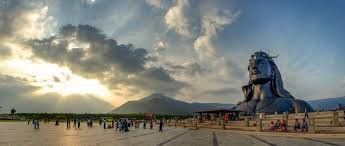
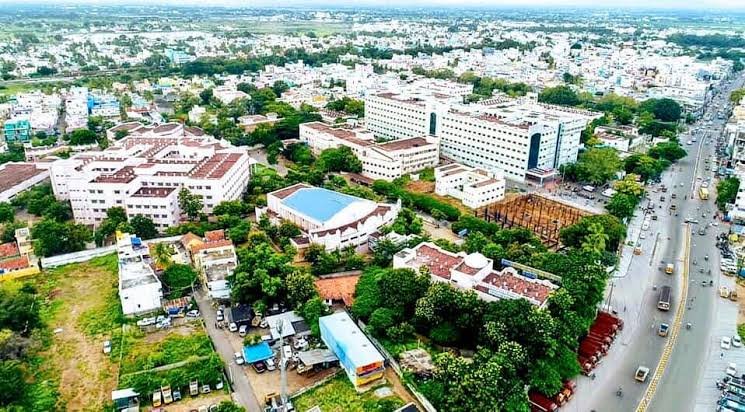
Pingback: Best Places to Visit in Dharmapuri – Explore Hills, Temples & Falls